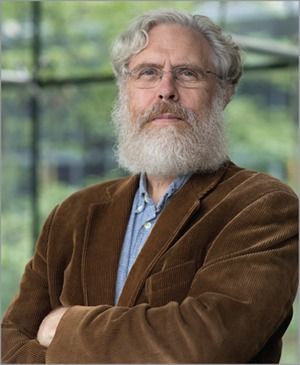Nov 4, 2016
New ‘Digital Life’ Initiative at UMass Amherst Aims to Create 3D Models of All Living Creatures
Posted by Klaus Baldauf in category: futurism
AMHERST, Mass. – Scientists at the University of Massachusetts Amherst led by biologist Duncan Irschick who created the Beastcam Array, a rapid-capture, field portable tabletop system for making high-resolution, full-color 3D models of living organisms, now plan to use it in an ambitious effort to create 3D models of all living organisms.
The Beastcam Array consists of 10 fixed arms, each of which can mount three G-16 Canon cameras for a 30-camera array. Small animals placed in the array’s center can be quickly and conveniently modeled in 3D by the cameras aided by software. Using this technology, Irschick and colleagues have created a new multimedia platform they call “Digital Life,” and have already created 3D models of sharks, scorpions, toads and lizards.
In coming months, they hope to use the BeastcamArray, funded in part by the National Science Foundation and developed at UMass Amherst’s Center for Evolutionary Materials, to create 3D models of two groups facing significant survival threats: frogs and sea turtles.


















